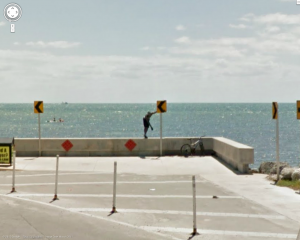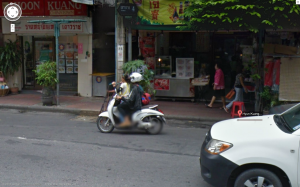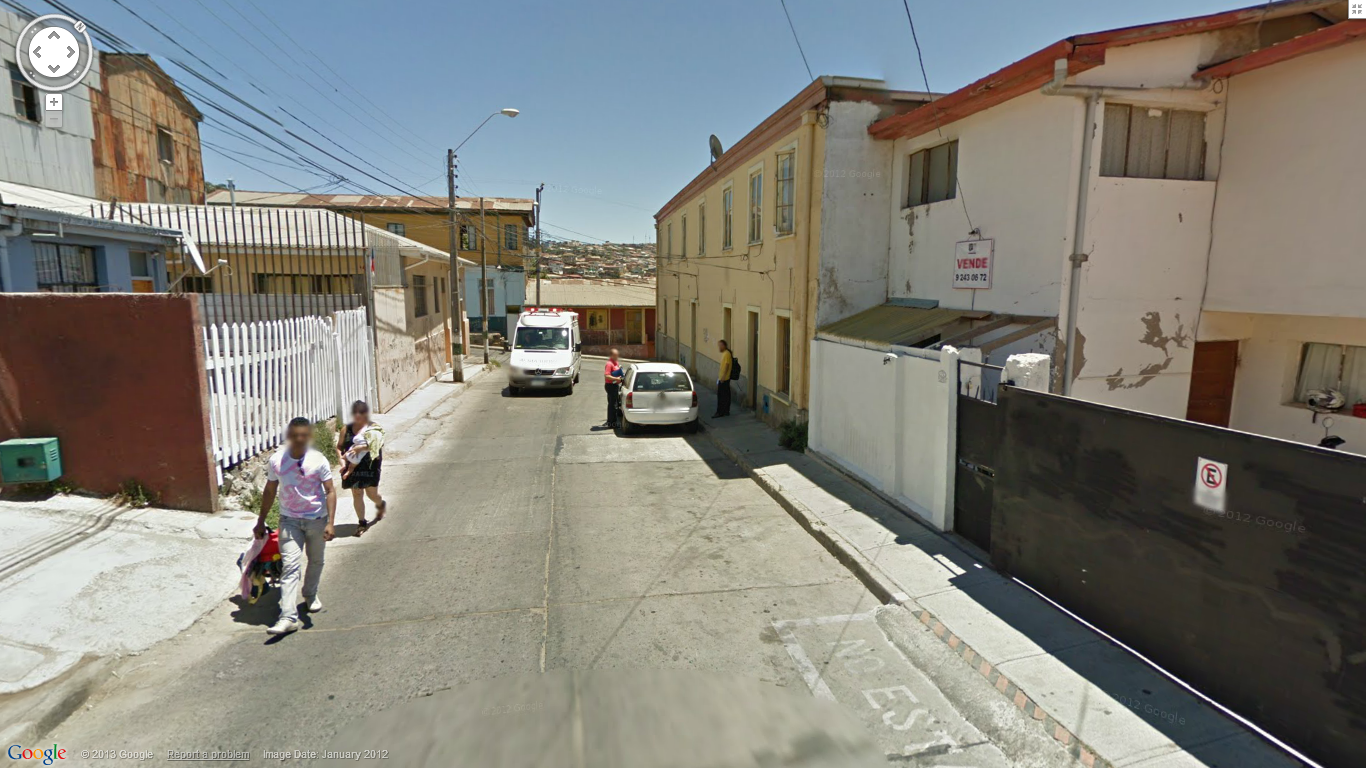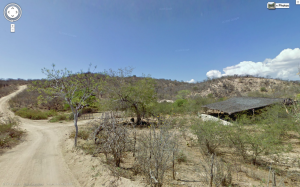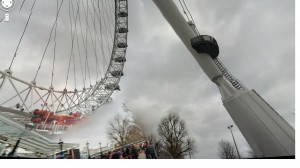@brandonluc01
The media of today has changed dramatically over the years. Advances in technology allow news programs to apply applications improved from the old to make the news more interesting, reliable, and current. In Jay David Bolter and Richard Gruisin’s article “Immediacy, Hypermediacy, and Remediation,” they talk about the influence of remediation on the immediacy of media. Bolter and Gruisin “call the representation of one medium in another remediation, and we will argue that remediation is a defining characteristic of the new digital media” (45). Meaning that remediation is the refashioning of preceding medias to create new media. The purpose of remediating old media is to make new media more immediate. Bolter and Gruisin describe immediacy as,“The automatic or deferred quality of computer programming promotes in the viewer a sense of immediate contact with the image.” (28) This quote is stating that remediated mediums has allowed viewers/users to forget they are confronting a medium and feel that they are receiving direct interactions with the media presented. Remediation and immediacy can be clearly seen when comparing modern news stations with old news stations. Remediation has advanced technologies like high definition imaging, surround sound capabilities, and on screen text to make the user feel as if the news being presented is directly interacting with them through the news medium. Older news stations without these advances had pixelated images, static sounds, and limited on screen texts which acted as distractions that reminded the user of the medium they are using. Remediation has achieved “interfaceless interfaces” in the modern day news broadcast stations to create a relationship with the user and the medium.

